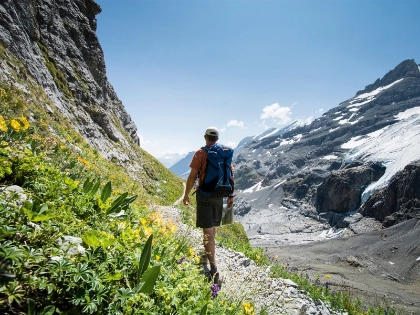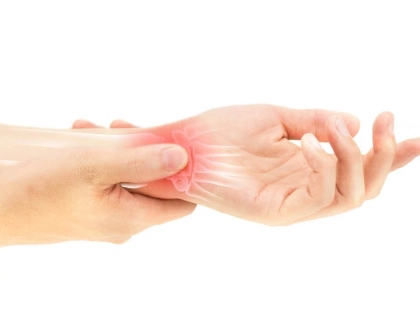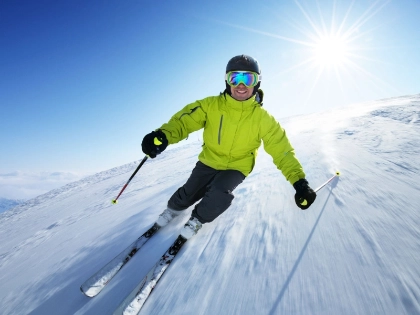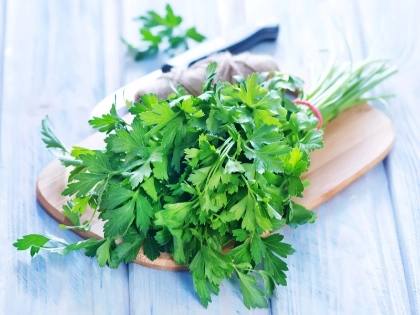What Happens to Your Body After Hiking?
A fantastic way to get outside and burn some calories is to go hiking. However, after hiking, what precisely occurs to your body? After a hike, it's crucial to stretch. This increases blood flow to the muscles, which helps relieve discomfort and tightness. To release the knots, a massage ball or foam roller may be useful.
Drink water
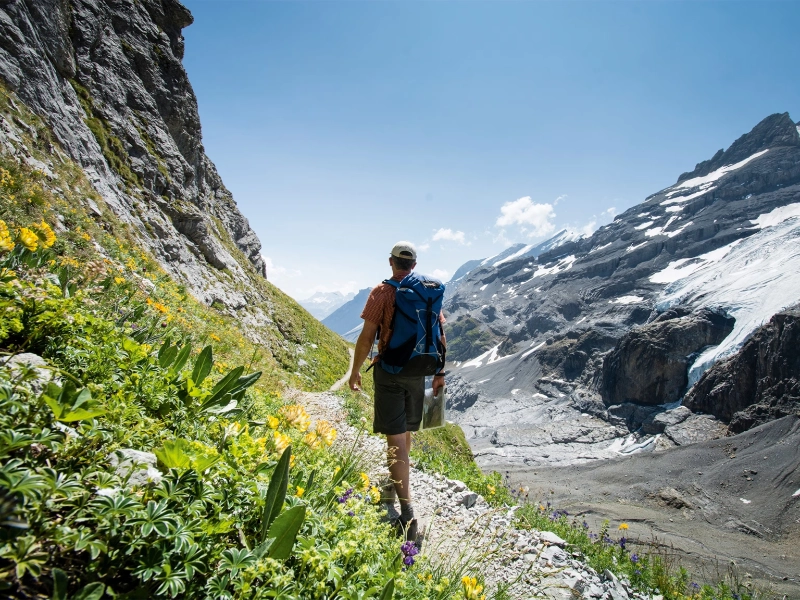
Extend
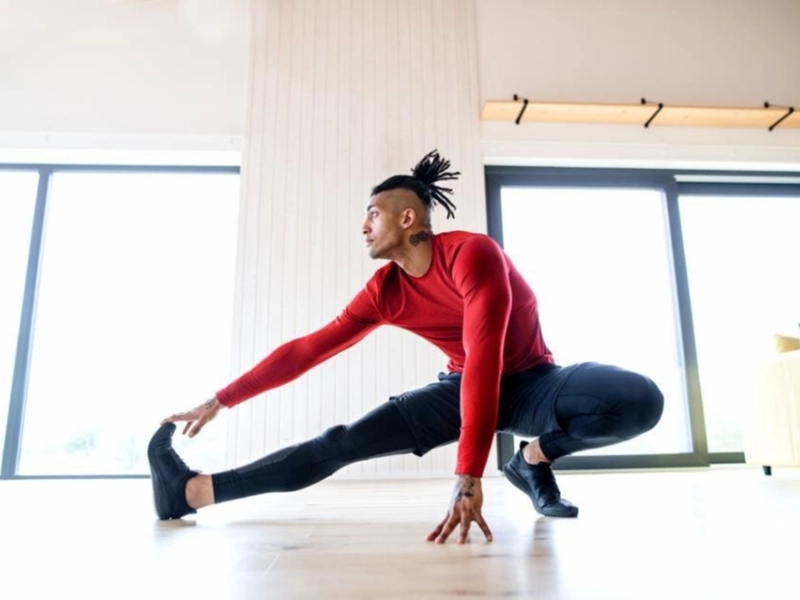 After a trek, it's a good idea to stretch a little, especially if you've been hiking for a while or are really uncomfortable. Stretching relieves discomfort and tightness in the muscles and helps avoid soreness later on. Additionally, it aids in the breakdown of lactic acid, which delays the onset of muscle soreness, or DOMS.
To assist your muscles warm up before trekking, it's vital to perform warm-up exercises like high knees and brisk walking. After hiking, it's important to complete a quick stretching practice that targets the hip flexors, quadriceps, glutes, and core—muscles that are frequently engaged during trekking. You can also incorporate stretches for your neck and shoulders.
Standing tall and holding one arm aloft with your forearm hanging behind you, then grabbing the lifted elbow with your other hand, is a terrific way to stretch your shoulders. Repeat this on each side for roughly 20 times. Shoulder discomfort and stress can be effectively reduced with this stretch. Additionally, it improves flexibility and range of motion.
After a trek, it's a good idea to stretch a little, especially if you've been hiking for a while or are really uncomfortable. Stretching relieves discomfort and tightness in the muscles and helps avoid soreness later on. Additionally, it aids in the breakdown of lactic acid, which delays the onset of muscle soreness, or DOMS.
To assist your muscles warm up before trekking, it's vital to perform warm-up exercises like high knees and brisk walking. After hiking, it's important to complete a quick stretching practice that targets the hip flexors, quadriceps, glutes, and core—muscles that are frequently engaged during trekking. You can also incorporate stretches for your neck and shoulders.
Standing tall and holding one arm aloft with your forearm hanging behind you, then grabbing the lifted elbow with your other hand, is a terrific way to stretch your shoulders. Repeat this on each side for roughly 20 times. Shoulder discomfort and stress can be effectively reduced with this stretch. Additionally, it improves flexibility and range of motion.
Relax
 Hiking is an intense physical activity that puts a lot of strain on the body's muscles. This can eventually lead to microtears in the muscles, which hurt and become stiff. DOMS, or delayed onset muscle pain, is a prevalent ailment.
Active rehabilitation techniques like foam rolling, stretching, and mild aerobics can help reduce DOMS symptoms after a trip. Stretching helps release lactic acid buildup and maintains range of motion while light exercise boosts blood flow to strained muscles to give oxygen and nutrients.
Taking a chilly plunge in a lake, river, or pool can also assist ease pain by dilate blood vessels and eliminate waste. Lastly, ensure that the food you eat has a good ratio of fat, protein, and carbs. Pay attention to what your body is telling you—it needs the nutrition it needs to heal! Even better, you can expedite your recuperation by drinking a powdered supergreens drink during or right after your hike.
Hiking is an intense physical activity that puts a lot of strain on the body's muscles. This can eventually lead to microtears in the muscles, which hurt and become stiff. DOMS, or delayed onset muscle pain, is a prevalent ailment.
Active rehabilitation techniques like foam rolling, stretching, and mild aerobics can help reduce DOMS symptoms after a trip. Stretching helps release lactic acid buildup and maintains range of motion while light exercise boosts blood flow to strained muscles to give oxygen and nutrients.
Taking a chilly plunge in a lake, river, or pool can also assist ease pain by dilate blood vessels and eliminate waste. Lastly, ensure that the food you eat has a good ratio of fat, protein, and carbs. Pay attention to what your body is telling you—it needs the nutrition it needs to heal! Even better, you can expedite your recuperation by drinking a powdered supergreens drink during or right after your hike.
Consume
 Hiking is a wonderful activity that offers endless miles of breathtaking scenery to discover. However, hiking is also an excellent kind of exercise that strengthens muscles, burns calories, and enhances cardiovascular health. Additionally, it releases serotonin and endorphins, which Premier Health claims can improve mood and lessen stress.
A hiker's body is quite intelligent when it comes to nutrition; it will want for foods high in salt, protein, and carbohydrates that it lost throughout the action. Therefore, it's crucial to consume a meal or snack within an hour after finishing your trip, preferably one that is high in easily digested carbohydrates.
Replacing the fluids and electrolytes lost through perspiration during your trip is particularly crucial, as dehydration can result in a number of symptoms such as headaches, weariness, disorientation, and confusion. Thus, in addition to your regular fluid intake, drink an additional 24 ounces of liquid after your hike. This can be achieved by consuming a snack that has both water and sodium, like popcorn or celery, or by mixing water with a sports drink.
Hiking is a wonderful activity that offers endless miles of breathtaking scenery to discover. However, hiking is also an excellent kind of exercise that strengthens muscles, burns calories, and enhances cardiovascular health. Additionally, it releases serotonin and endorphins, which Premier Health claims can improve mood and lessen stress.
A hiker's body is quite intelligent when it comes to nutrition; it will want for foods high in salt, protein, and carbohydrates that it lost throughout the action. Therefore, it's crucial to consume a meal or snack within an hour after finishing your trip, preferably one that is high in easily digested carbohydrates.
Replacing the fluids and electrolytes lost through perspiration during your trip is particularly crucial, as dehydration can result in a number of symptoms such as headaches, weariness, disorientation, and confusion. Thus, in addition to your regular fluid intake, drink an additional 24 ounces of liquid after your hike. This can be achieved by consuming a snack that has both water and sodium, like popcorn or celery, or by mixing water with a sports drink.

